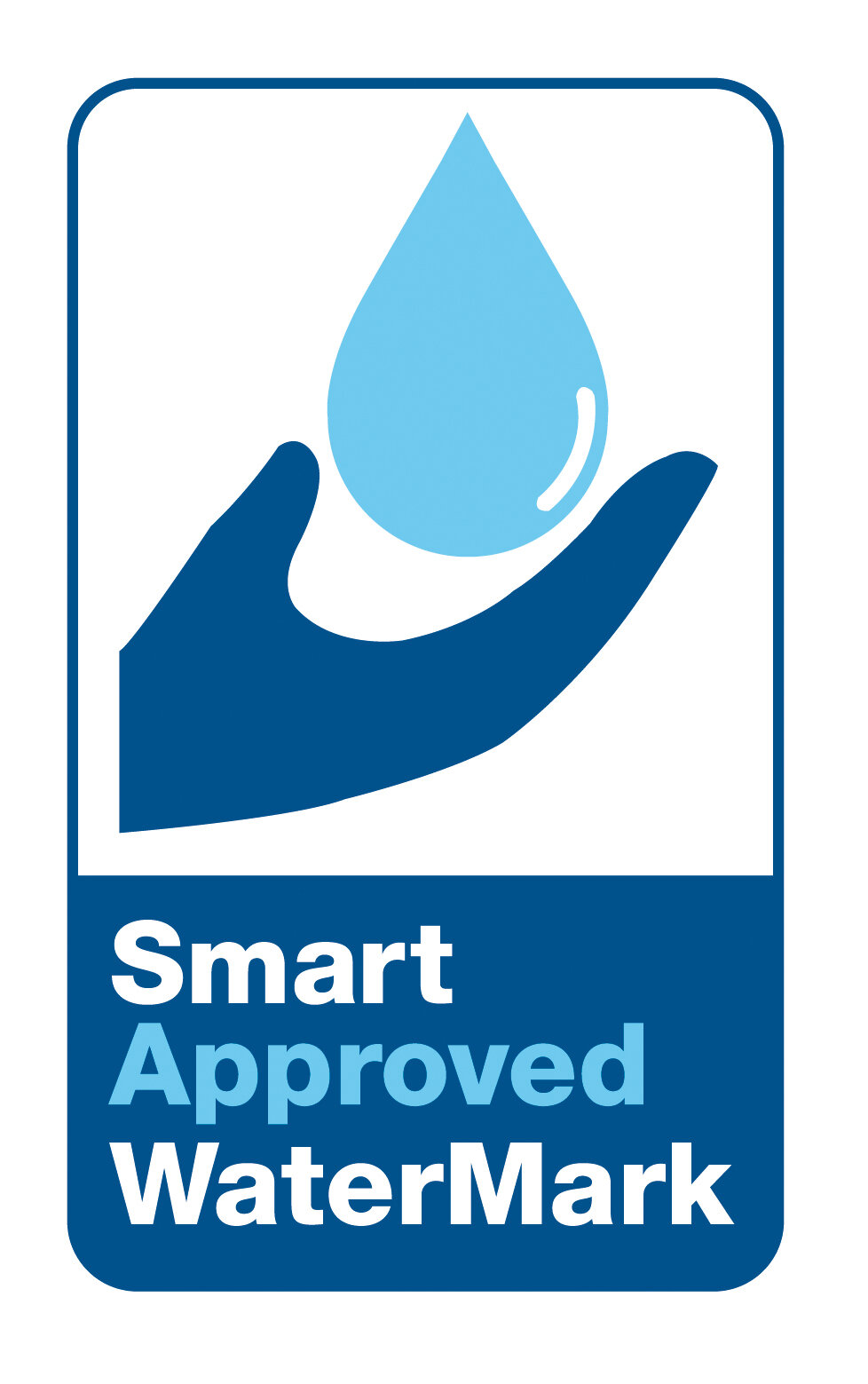Droughts, escalating water and sewer rates, and LEED* certification standards have created a growing interest in no-water or waterless urinal systems.
Although waterless urinal technology has been available in the U.S. for nearly two decades, the systems are still new to many building professionals. The following FAQ, developed by the city of Calgary (Canada) and Waterless Co. LLC., answers some of the most frequent questions about these systems.
How do they work?
No-water urinals look just like conventional urinals but without flush valves or water connections. Instead, urine flows into a drain where a “trap” is located; the trap acts as a sealant to prevent sewer odors from escaping. Once it has passed through the trap, the urine drains into a pipe and is carried away.
How are they maintained?
Waterless urinals are cleaned in the same way as conventional urinals; however, harsh chemicals and substantial amounts of water are not needed.
Most systems’ traps need to be replaced two to four times per year, depending on usage. Traps can cost as little as $10.00 to more than $40 on some water free systems.
Do they smell?
Urinal odors are usually caused by bacteria or by water reacting with urine. There tends to be fewer bacteria growing on no-water urinals and water/urine reactions are obviously not an issue; therefore, waterless urinals actually tend to have fewer odor issues.
How much water is saved?
It is estimated that a single flush urinal uses 25,000 to 40,000 gallons of water per year. So, a no-water urinal saves 25,000 to 40,000 gallons of water per year
How do users react to these systems?
There are few issues. When waterless systems are installed, users are sometimes surprised by the lack of flush handles or sensory devices. This is why many manufacturers suggest posting a sign explaining that the urinal does not need to be flushed.
However, this is not as necessary today due to the fact that so many waterless urinals are now installed in buildings throughout North America.
Most studies report that both users and building owners/managers are happy with the performance of no-water urinals. Concerns about water conservation have helped to further the public’s acceptance of these fixtures.
* Leadership in Energy and Environmental Design










